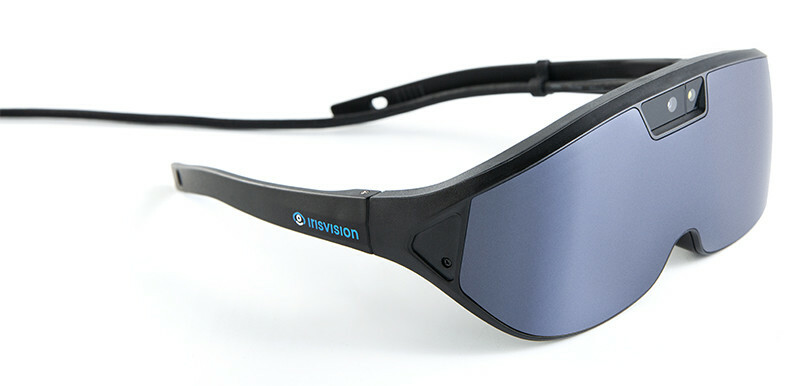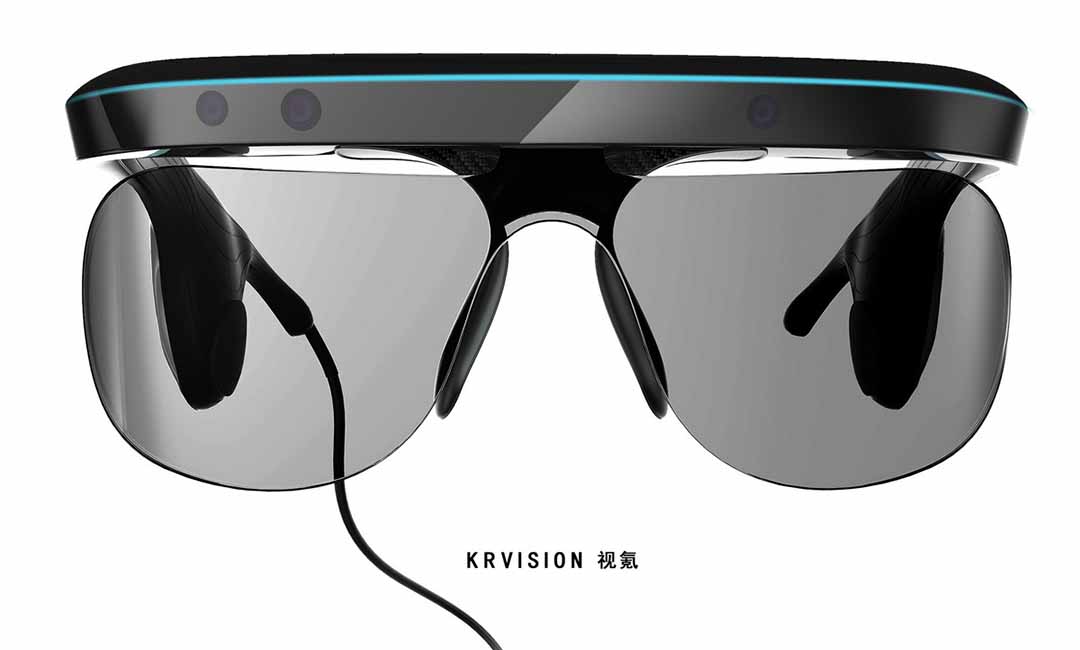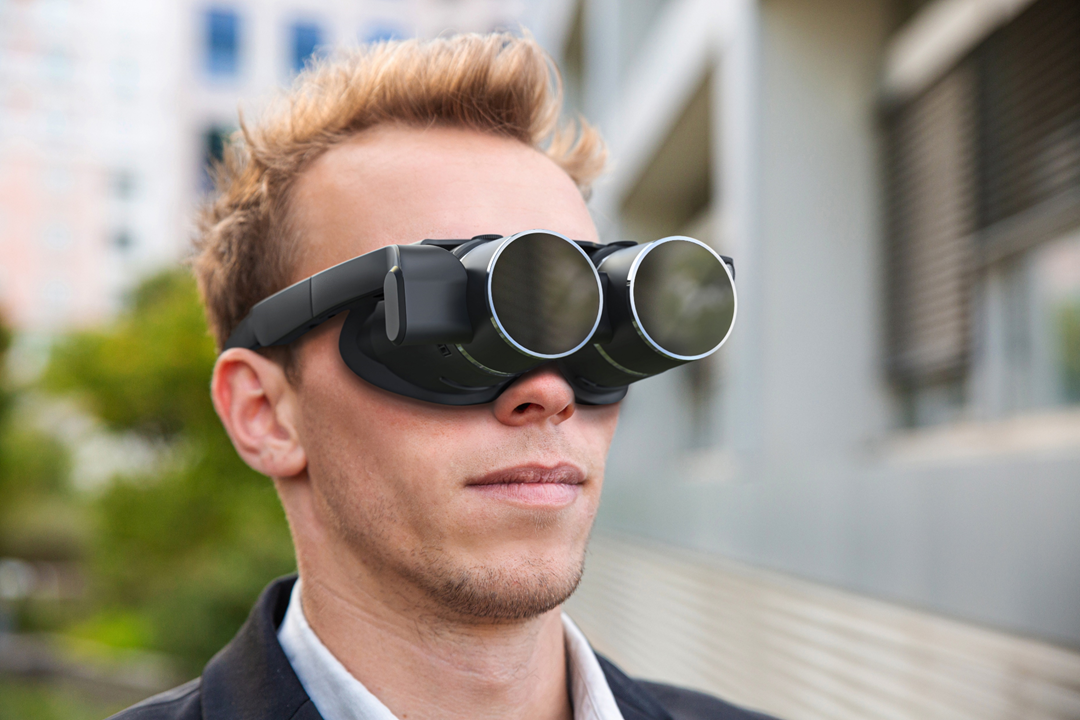How Smart Glasses for the Visually Impaired Are Revolutionizing Daily Life
Empowering Independence With Assistive Technology for the Blind
The integration of assistive technology for individuals who are aesthetically damaged or blind stands for a considerable development in promoting self-reliance and improving quality of life. With a range of devices-- from screen viewers to cutting-edge tactile devices-- these modern technologies not only help with navigating and communication however also promote social incorporation and participation in various elements of life. As we explore the diverse kinds of assistive devices and their real-world applications, it ends up being clear that the impact is profound. Yet, the development of this technology raises vital concerns about accessibility and future growths that necessitate more assessment. Assistive technology for the blind.
Understanding Assistive Innovation
Although assistive technology has evolved substantially for many years, its basic function continues to be the very same: to enhance the lifestyle for people with disabilities, particularly those that are blind or visually damaged. This technology incorporates a wide array of devices and tools that promote self-reliance and functionality in daily tasks.
Assistive modern technology can be classified into high-tech and low-tech remedies, each developed to satisfy details demands. State-of-the-art gadgets commonly consist of software application applications, specialized equipment, and flexible tools that use sophisticated innovation to give assistance in different contexts. Conversely, low-tech solutions may involve daily items that are changed to boost ease of access, such as magnifiers or responsive pens.
The integration of assistive technology into the lives of individuals who are blind or aesthetically hindered not just promotes freedom however additionally promotes social inclusion and participation in educational and professional settings. By leveraging these modern technologies, users can browse their surroundings, accessibility details, and connect properly, thereby boosting their overall quality of life. Recognizing assistive innovation is vital for experts, advocates, and caretakers who intend to support people in maximizing their possible and accomplishing higher freedom.
Types of Assistive Gadgets
Assistive gadgets for the blind and aesthetically impaired are crucial devices that boost daily living by dealing with details difficulties experienced by customers. These tools can be extensively categorized into three primary kinds: optical devices, electronic devices, and sensory gadgets.

Sensory tools, such as Braille screens and tactile maps, supply alternate means to receive info. Braille shows convert digital text into Braille, allowing customers to check out with touch. Tactile maps use spatial understanding with raised lines and structures, enabling better ecological recognition.
Together, these assistive tools equip people with aesthetic impairments to involve more completely with their environments, promoting higher independence and self-confidence in daily activities.

Impact on Daily Life
The integration of assistive modern technology into the lives of individuals that are aesthetically impaired or blind considerably enhances their capacity to navigate and connect with the globe around them. Devices such as display viewers, Braille presents, and mobile applications assist in access to information, enabling users to engage with electronic web content, communicate efficiently, and manage daily jobs separately.
Moreover, technologies like smart glasses and navigation apps provide real-time help in unknown environments, improving wheelchair and confidence. These tools make it possible for users to identify barriers, checked out indications, and even identify faces, hence cultivating a feeling of autonomy in public rooms. In addition, home automation systems, which can be managed with voice commands, enable individuals to handle their living atmospheres more effectively, improving comfort and security.
The effect of assistive technology extends past sensible jobs; it advertises social incorporation and psychological wellness. By connecting the gap between people and their environments, these technologies empower users to participate completely in neighborhood activities, pursue instructional chances, and take part in meaningful partnerships. Ultimately, the improvement of assistive innovation contributes in redefining the possibilities for people who are blind or aesthetically damaged, leading to a much more comprehensive and easily accessible society.
Success Stories and Testimonies

An additional effective review originates from Mark, a recent college graduate that used display analysis software throughout his academic trip. This innovation allowed him to gain access to program products and take part in conversations, eventually bring about his effective shift right into the labor force. Mark credit scores assistive technology for empowering him to attain his profession goals, emphasizing its function in leveling the playing area for individuals with aesthetic disabilities.
Additionally, area facilities have actually reported boosted engagement in their programs many thanks to the introduction of available digital systems. These systems have actually made it simpler for individuals to connect, share resources, and support one another. These success tales jointly highlight the extensive effect of assistive technology in cultivating self-reliance, boosting lifestyle, and damaging down obstacles for the blind and aesthetically damaged community.
Future Fads in Assistive Tech
Emerging modern technologies are poised to reinvent the landscape of assistive tech for people that are blind or aesthetically damaged. Advancements in fabricated knowledge (AI) and equipment understanding are boosting the abilities of devices, allowing even more instinctive individual experiences. For example, AI-driven applications are progressively able to read and acknowledge objects message out loud in real-time, offering customers with important details about their surroundings.
Furthermore, innovations in wearable modern technology are creating new chances for freedom. Smart glasses outfitted with increased truth functions can overlay crucial details onto the customer's area of vision, promoting navigating and communication with the environment. In addition, the combination of Internet of Points (IoT) tools is streamlining availability in clever homes, permitting users to regulate appliances and obtain notices with voice commands or responsive interfaces.
The growth of braille screens and tactile comments systems is additionally rising, promoting accessibility to digital web content and boosting communication. As these innovations continue to advance, they promise to boost day-to-day living, instructional chances, and employment leads for individuals with visual disabilities. Constant cooperation between technologists, individuals, and campaigning for teams will be important in making certain these technologies meet the requirements of the neighborhood effectively.
Conclusion
To conclude, assistive modern technology plays an essential role in boosting the independence of individuals that are aesthetically look at this site impaired or blind. By providing necessary devices and sources, these technologies assist in boosted accessibility, navigation, and communication to details, thus cultivating autonomy and self-esteem. The transformative influence of assistive tools not only promotes effective interaction with the atmosphere yet additionally encourages social addition and engagement in numerous facets of life, ultimately equipping customers to grow within their communities.
The integration of assistive technology for people who are visually damaged or blind stands for a considerable innovation in fostering freedom and enhancing high quality of life.The combination of assistive technology into the lives of people that are blind or visually hindered not only advertises autonomy but likewise promotes social addition and involvement in instructional and professional settings. Eventually, the development of assistive innovation is instrumental in redefining the possibilities for people who are blind or visually impaired, leading to an extra comprehensive and easily accessible culture.
Several individuals who are blind or aesthetically impaired have shared inspiring success stories that highlight the transformative influence of assistive modern technology on their lives.In final thought, assistive innovation plays a pivotal duty in enhancing the independence of individuals who are blind or Check This Out visually impaired.